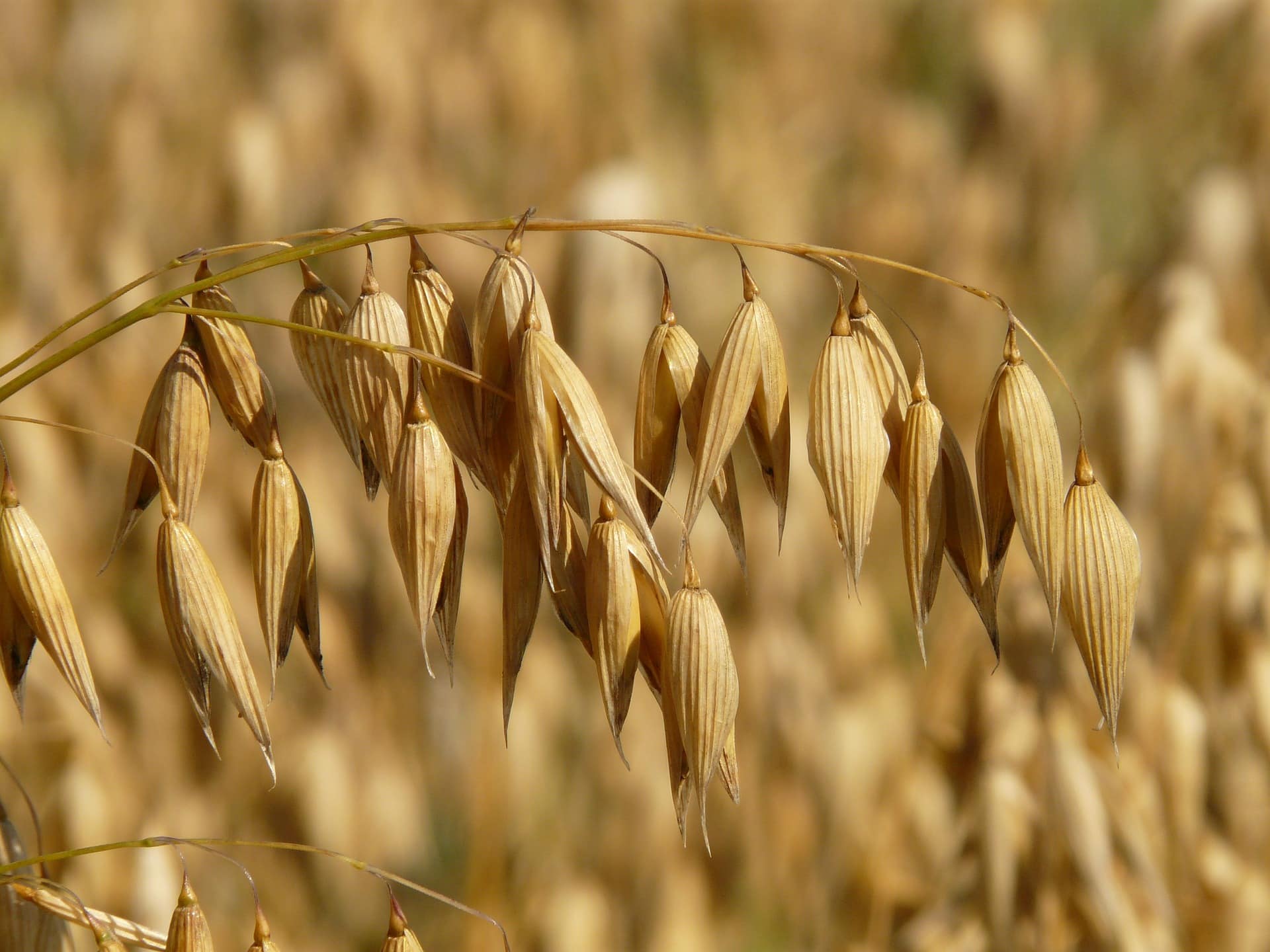So, here we go. Something else to worry about. At least according to the Environmental Working Group (EWG), a non-profit organization that states as its goal the “providing of easy access to information you need to make smart, healthy choices.” Those choices usually favour “organic” products which isn’t surprising since the organization receives significant funding from the organic industry. EWG is generally critical of the pesticides used in conventional agriculture and of many of the additives used by the food industry and often drifts from informing into alarming consumers. This time EWG has set its sights on chlormequat, a plant growth regulator that is sometimes used on oats, barley and wheat to strengthen the stalk, keeping it from bending over. This reduces crop loss when it comes to harvesting, which of course is profitable for the farmer, and hopefully reduces the price for the consumer.

Canada, the U.K. and the European Union allow the use of chlormequat, but the U.S. does not, although it allows the import of crops that have been treated with the chemical as long as residues are less than 40 parts per million. That number is based upon the “No Observed Adverse Event Level (NOAEL)” which is the maximum dose that can be fed to animals without causing any effect. The NOAEL is then divided by a factor of 100 to provide an extra margin of safety when it comes to determining the amount that can be safely consumed by humans in a day. That calculates to about 1 mg.
The Environmental Working Group purchased 96 urine samples. No, you won’t find these in your pharmacy, but there are companies that provide such items. EWG scientists also tested samples of oat cereals for the presence of the chemical. The results they found generated headlines that screamed about 80 per cent of consumers having a chemical in their urine that causes fertility problems, and that this same chemical is found in oat cereals. This needs some commentary.
First, based on only 96 urine samples from unidentified donors, it is not valid to conclude that 80 per cent of consumers in general have chlormequat in their urine. The samples were collected in three distinct locations in Florida, South Carolina and Missouri and we have no idea if the samples came from urban or agricultural communities. Also, finding chlormequat in the urine means that it passes out of the body, which it is known to do quickly, having a half-life of a few hours. Second, the amount detected in the urine was of the order of 50 nanograms, which is way below the acceptable daily intake. A study in Sweden that collected urine from 100 random individuals in the general population found similar results. The amounts detected were way below the acceptable daily intake (ADI).
As far as the oats go, the highest amount detected was 0.3 parts per million, which is way below 40 ppm, the amount of residue allowed. An individual would have to eat roughly 3 kg of oat cereal a day to reach a level where there may be some risk, were that amount eaten every day. Third, the fertility problems were seen in animals fed higher doses than what humans could possibly consume and were seen in some studies but not others.
It is easy to scare people about chemicals if proper context is not provided. Remember that we are exposed to thousands and thousands of chemicals every day, the vast majority from natural sources. There are potential stories behind each one, and with cherry picked and out-of- context data, it is possible to label just about any of these as a devil or angel. Strychnine can be made to sound angelic by focussing on its energy boosting effect with reference to Thomas Hicks who won the 1904 Olympic marathon with the help of strychnine. You just don’t mention that a slight overdose will rob you of energy permanently.
Conversely, vitamin B12 can be portrayed as a devil by claiming, correctly, that it contains cyanide. Just keep quiet about the fact that it contains less than the amount found in the seeds of an apple. Similarly, apple juice can be linked to Satan by pointing out that it can contain patulin, a genotoxic, potentially carcinogenic compound. Just conveniently ignore the fact that several gallons would have to be consumed to raise any spectre of harm. Actually, somewhat less if the juice is organic, because patulin is produced by a mould that is more likely to infect organic produce that is not protected by “chemicals.”
Numbers matter in science, and when you crunch the numbers about chlormequat, taking into account the amount of the residues found in food, the frequency with which those foods are consumed, the acceptable daily intake, and the nebulous studies of the chemical’s toxicity, I think its potential effect on health is pretty much of a non-issue. Unless you want to make it one by presenting data out of context.










